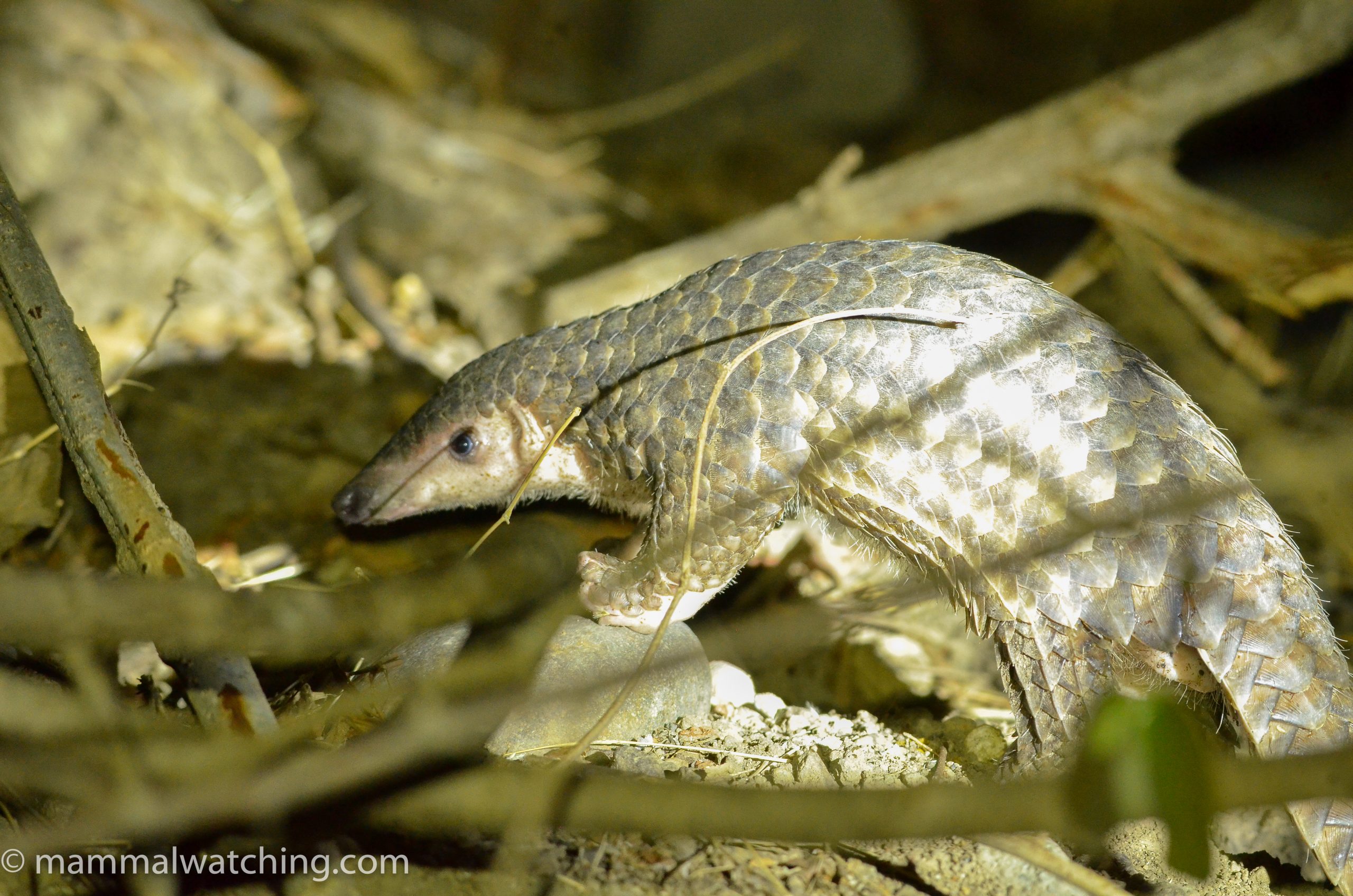
Two Days in East Java (Baluran & Alas Purwo National Parks)
Last month’s Indonesian adventure, which had taken me to Sumatra, Sulawesi and the north Moluccas, ended in Java.
János Oláh and I arrived in Jakarta after our trip to the north Moluccas and managed to squeeze in one more mammal before we said goodbye. I returned to the Kawasan Arboretum Mangrove Walk, in the middle of the city, to look for the Greater Long-tongued Blossom Bats (Macroglossus sobrinus) that I had missed in 2023 with Carlos Bocos. The guys on the gate seemed reluctant to let us in after dark (we arrived right on dusk) but decided it would be OK so long as we were “planning to have a coffee”. It didn’t take long to see a few blossom bats feeding among the mangroves though the only one that perched for any length of time was too distant to photograph. Trapping data suggests that 99% of the blossom bats here are the greater rather than the lesser flavour. But to be sure we needed good photos of the face (apparently sobrinus has a noticeably longer snout than minimus). So I reluctantly decided not to claim my lifer.
Baluran National Park
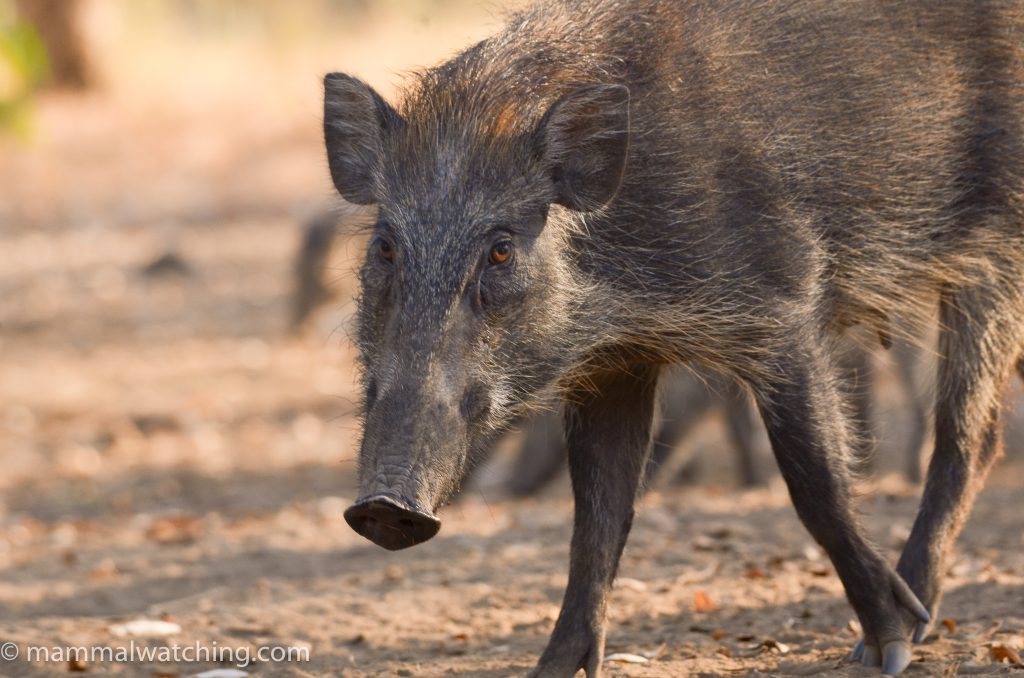
Javan Warty Pig (Sus verrucosus)
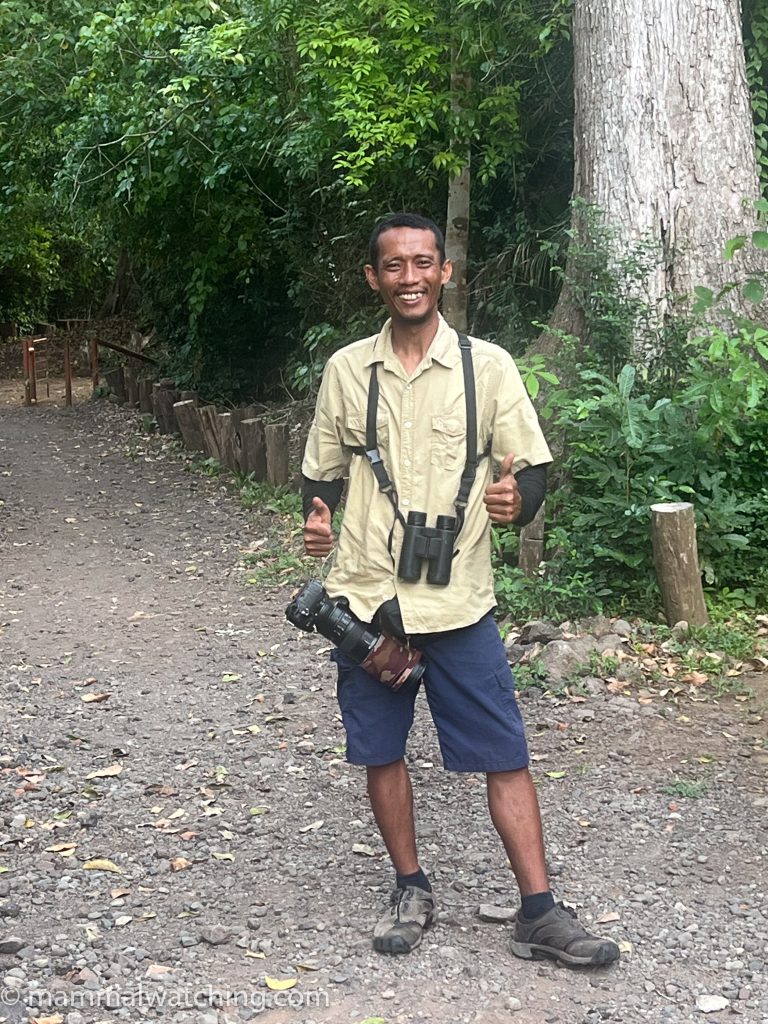
Heru
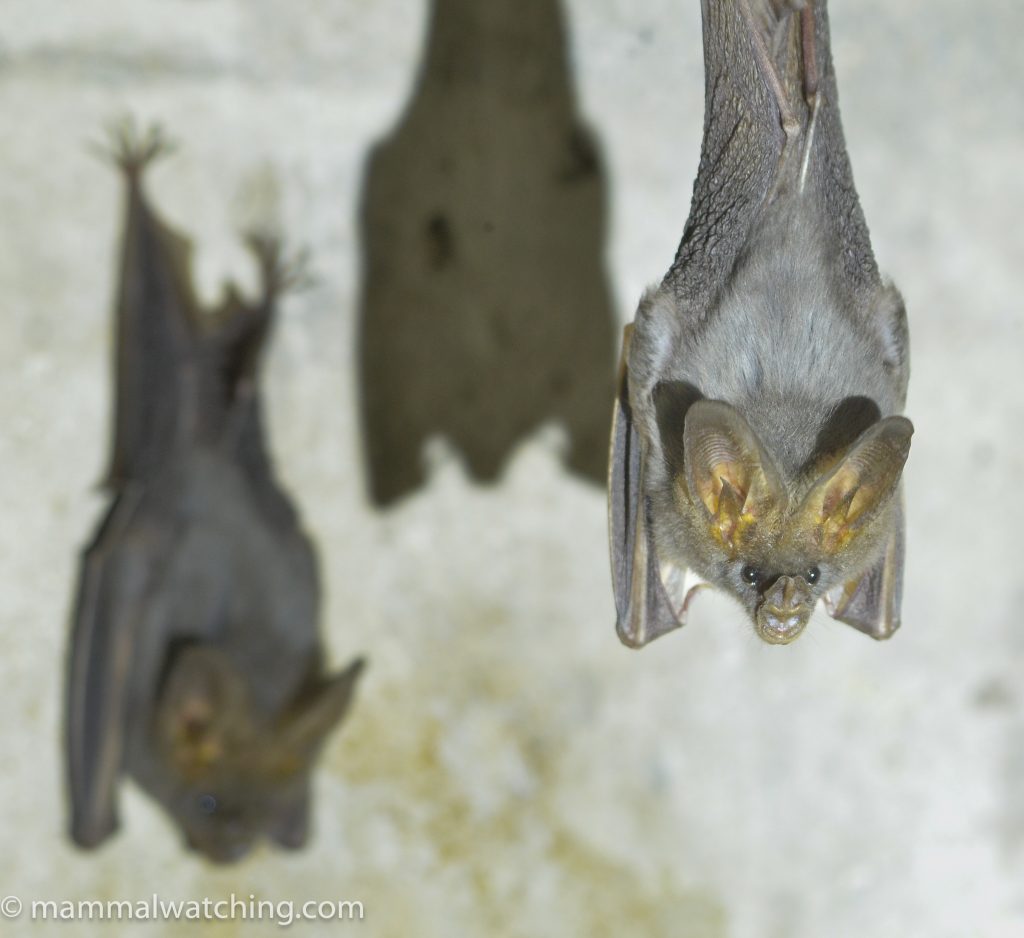
Lesser Asian False-vampire (Megaderma spasma)
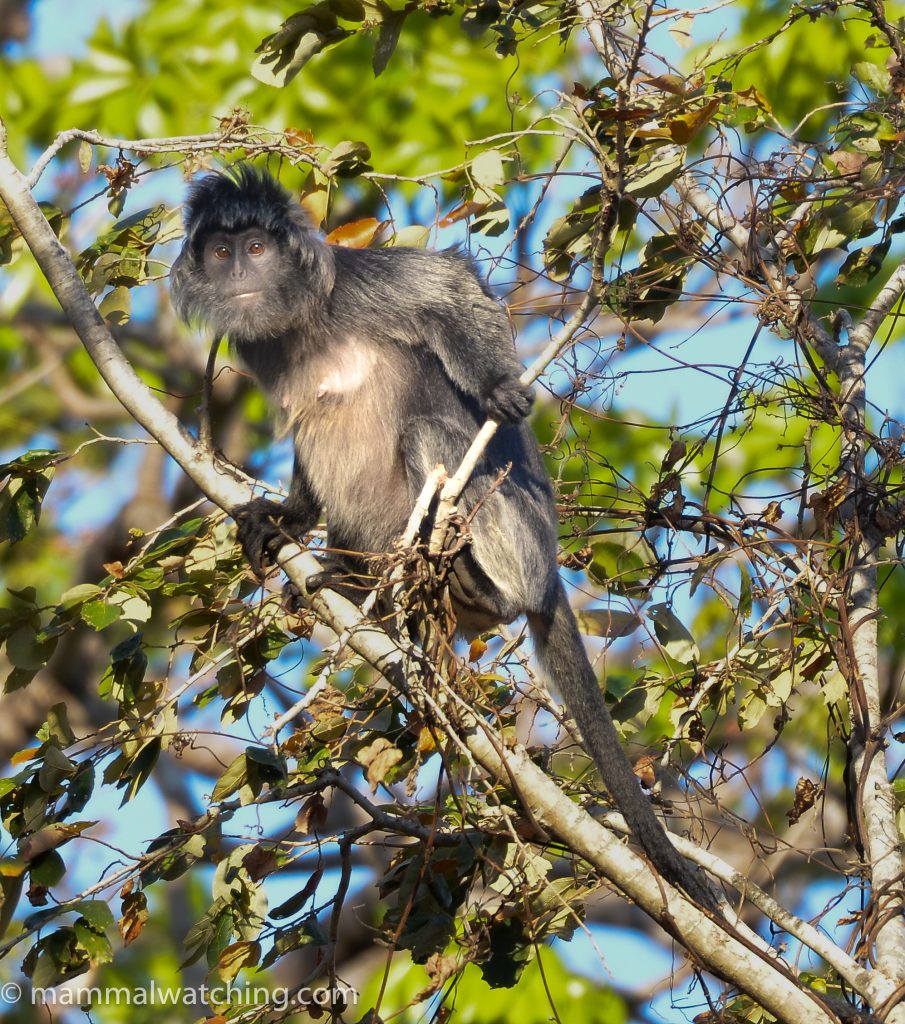
East Javan Langur (Trachypithecus auratus)
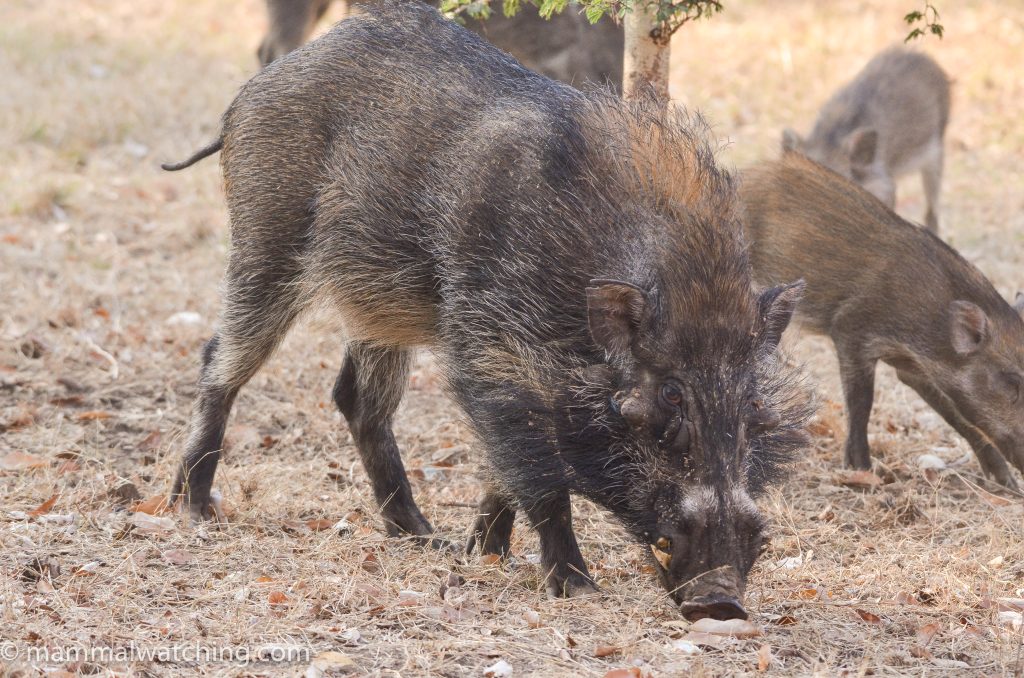
Javan Warty Pig (Sus verrucosus)
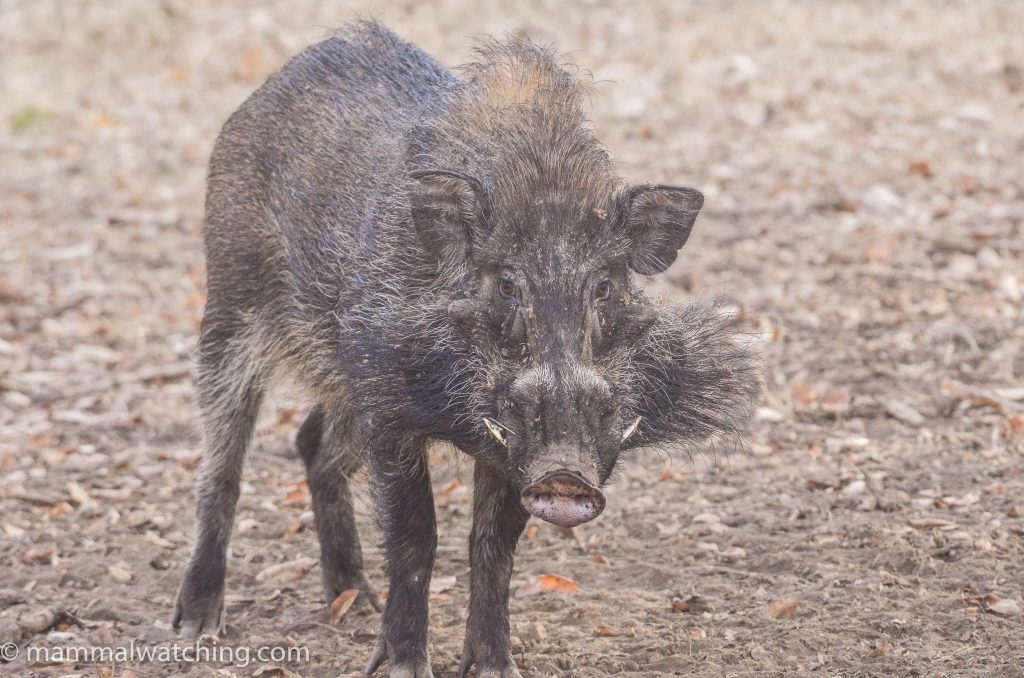
Javan Warty Pig (Sus verrucosus)
The reintroduction program seems to be going well. Some of the released animals have spread across the park and are seldom seen according to Heru. Others – including second generation wild born animals – prefer the area around the breeding enclosure, perhaps because they feel safer there. These animals were – as everyone had predicted – very easy to see.
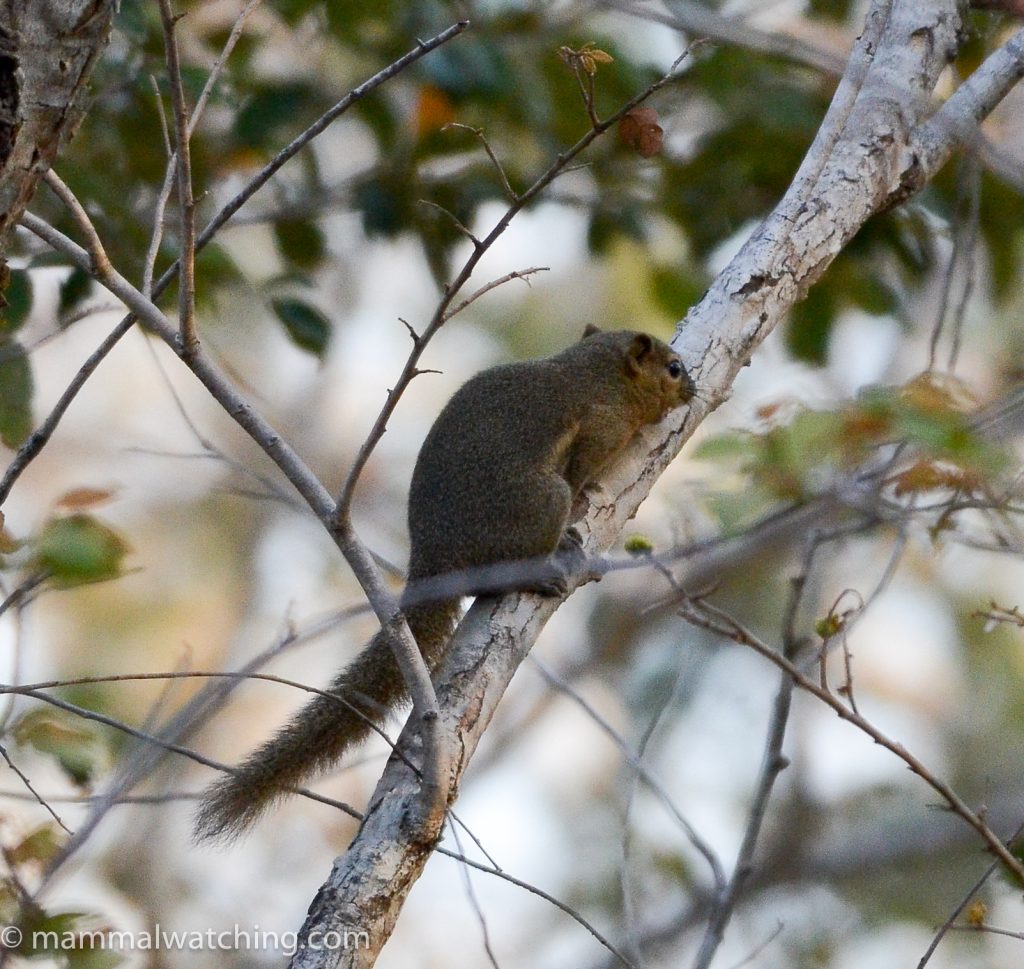
Plantain Squirrel (Callosciurus notatus)
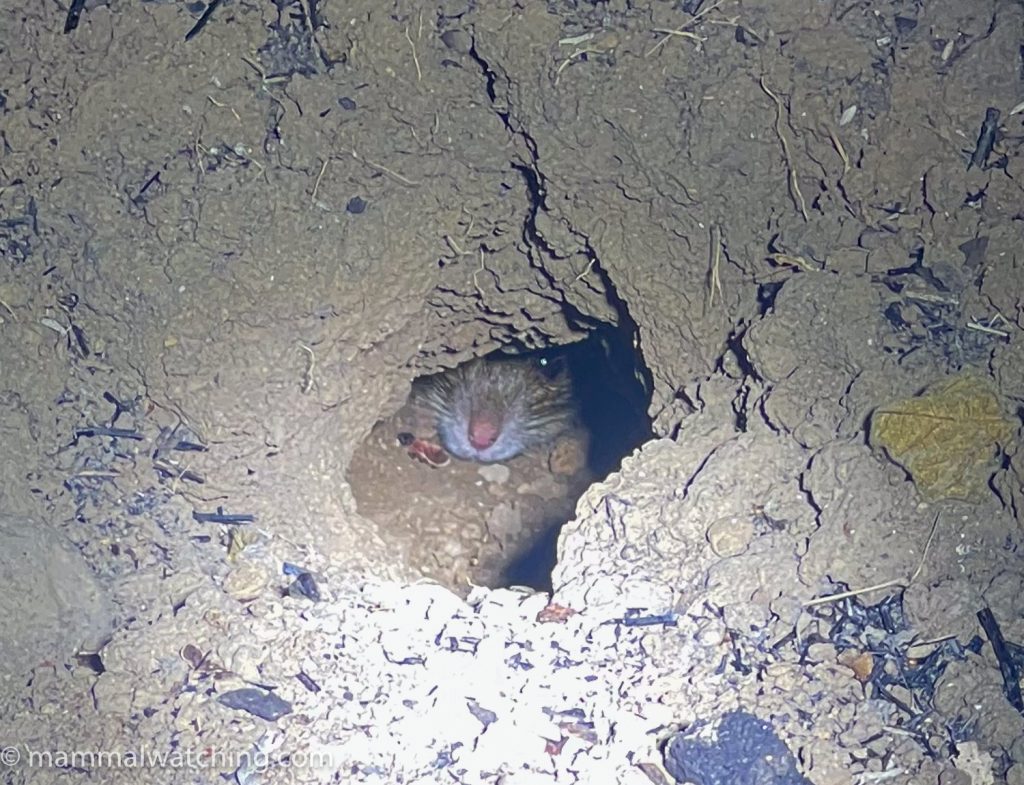
Possibly a Lesser Bandicoot Rat (Bandicota bengalensis)
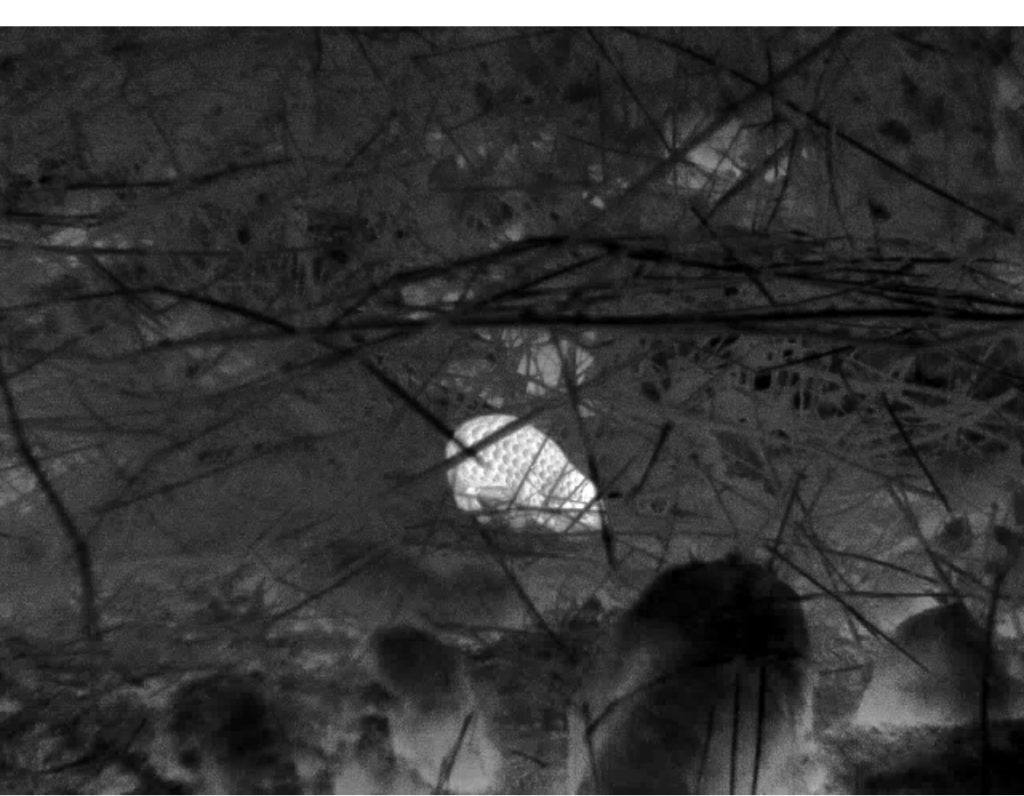
Sunda Pangolin (Manis javanica), through a Zeiss thernal scope.
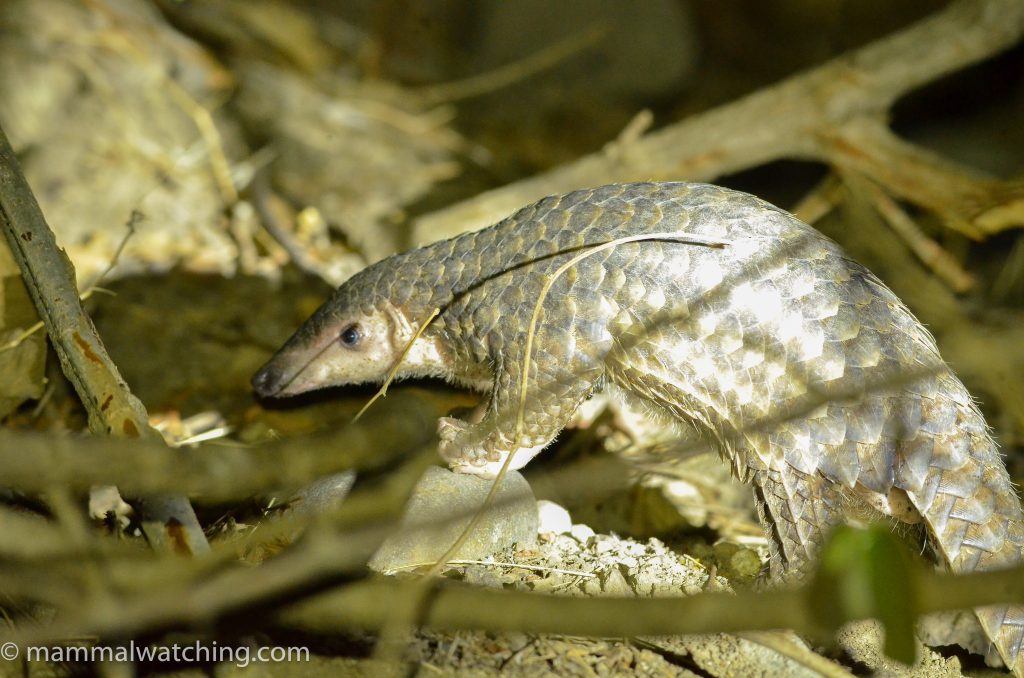
Sunda Pangolin (Manis javanica)
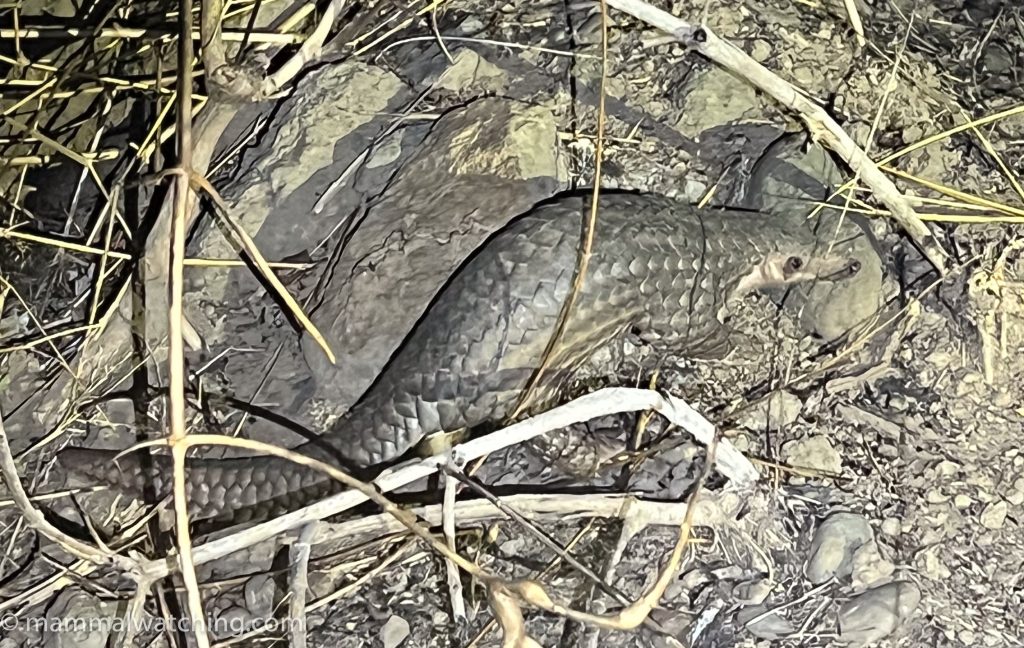
Sunda Pangolin (Manis javanica)
The million rupiah question is whether this is a reliable site? Right now I suspect it probably is. It took us less than 2 hours to find an animal and this wasn’t a random sighting. We were specifically searching here for a pangolin, in an area where one had been seen two days earlier. If there is no longer a market for poached pangolins then I’d have to hope that this area will remain good and perhaps get better. But nothing is guaranteed and I hope others visit soon and report back so we can get a better sense of how reliable a spot this is.
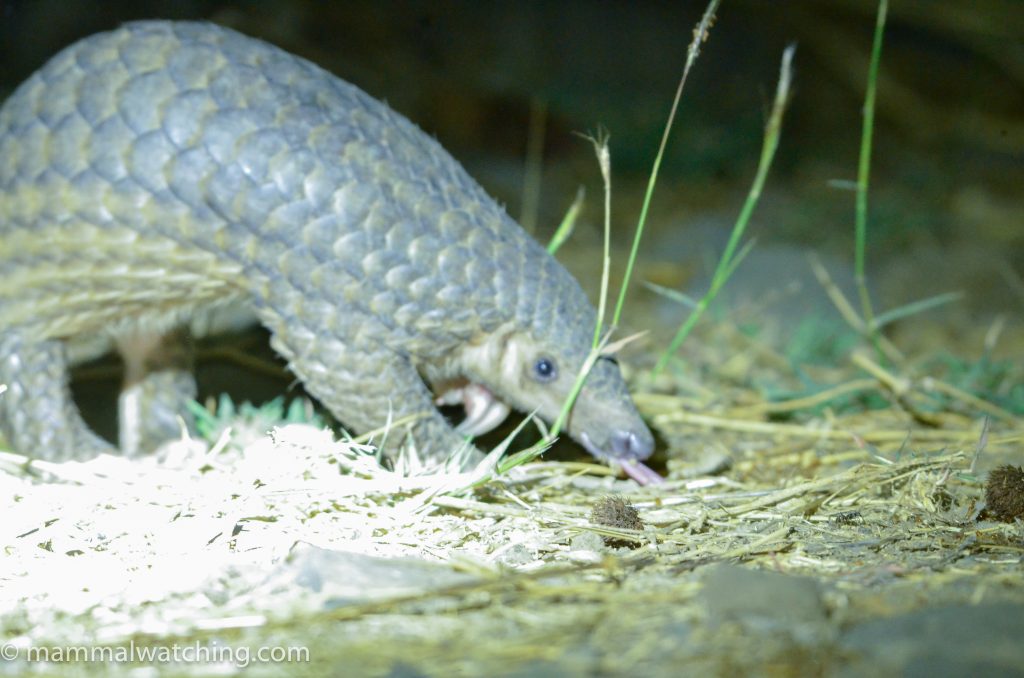
Sunda Pangolin (Manis javanica)
Alas Purwo National Park
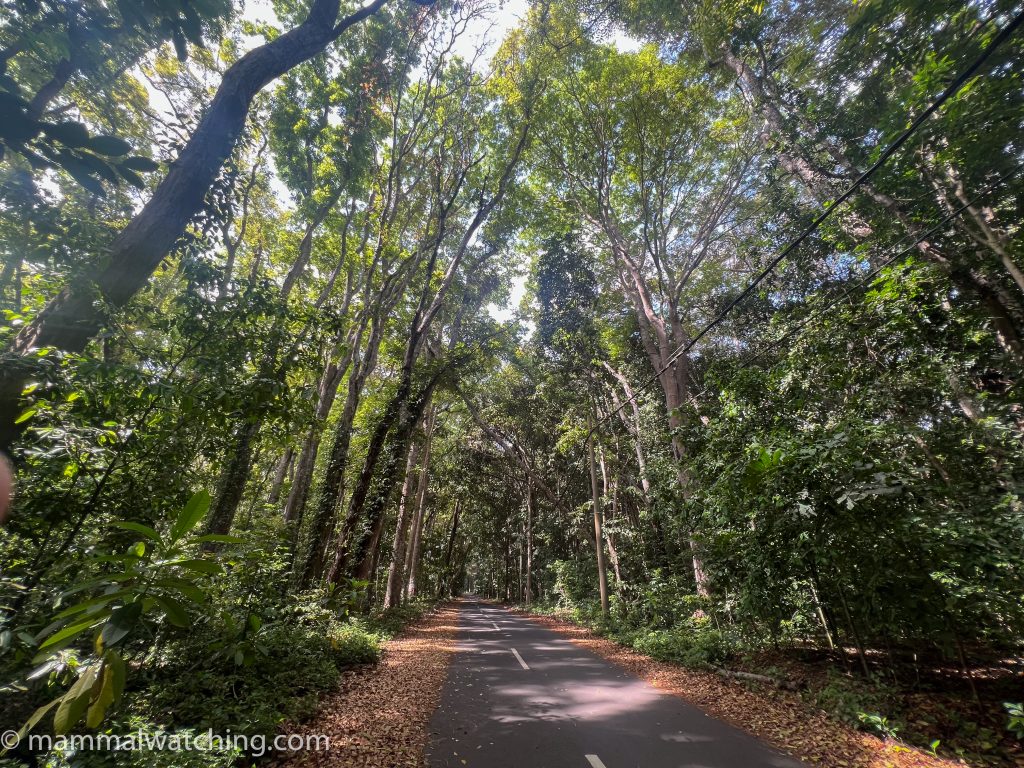
I spent my last day in Indonesia in Alas Purwo National Park, a four hour drive from Baluran on the other side of Banyuwangi. Heru told me he could pretty much guarantee Javan Chevrotain there. The park, which is on the beach, is popular with surfers and Indonesian tourists.
Long-tailed Macaques were very common. A bit too common: one jumped inside our car when I left the door open for 30 seconds.
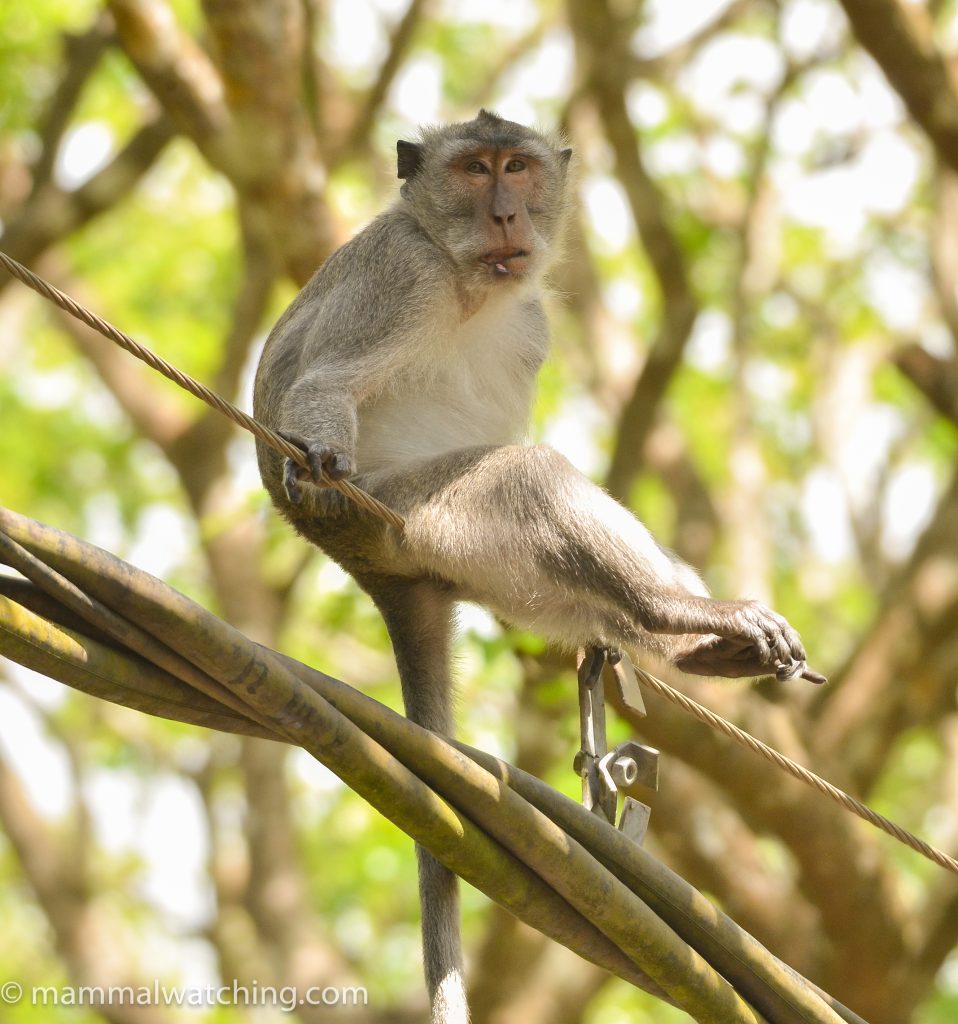
Long-tailed Macaque (Macaca fascicularis)
East Javan Langurs were also very common and were particularly relaxed near the park head quarters.
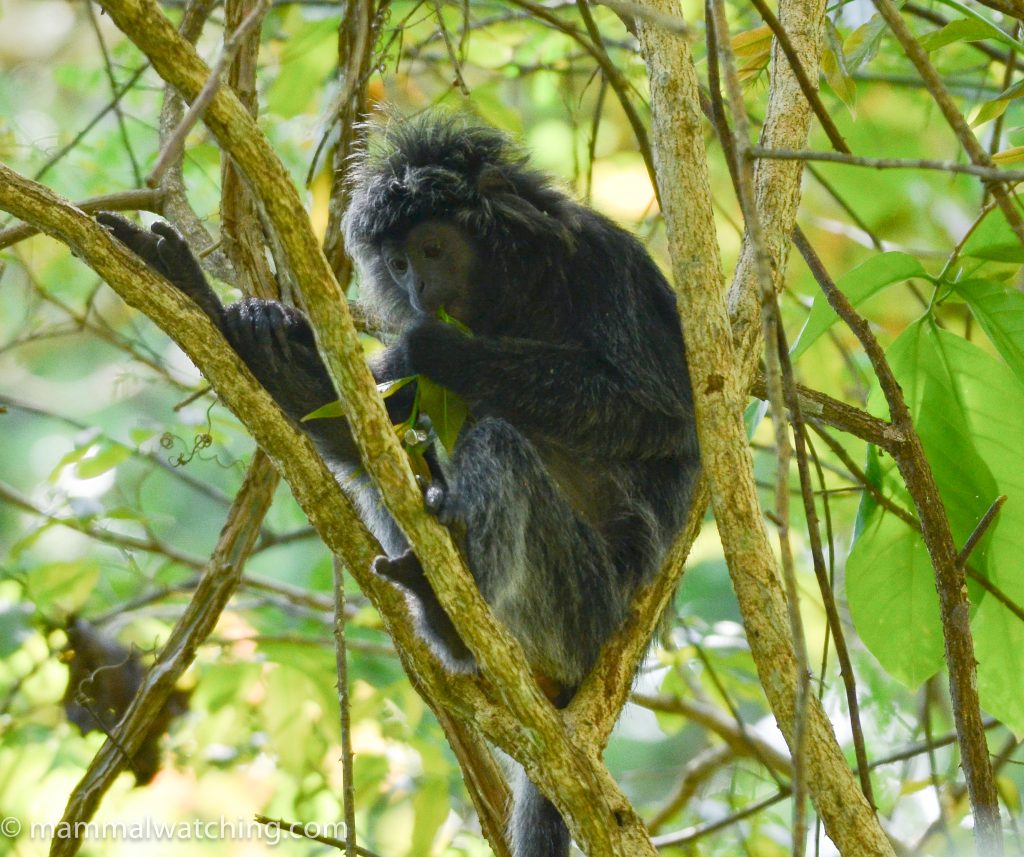
East Javan Langur (Trachypithecus auratus)
We also saw a Black Giant Squirrel near the cafe.
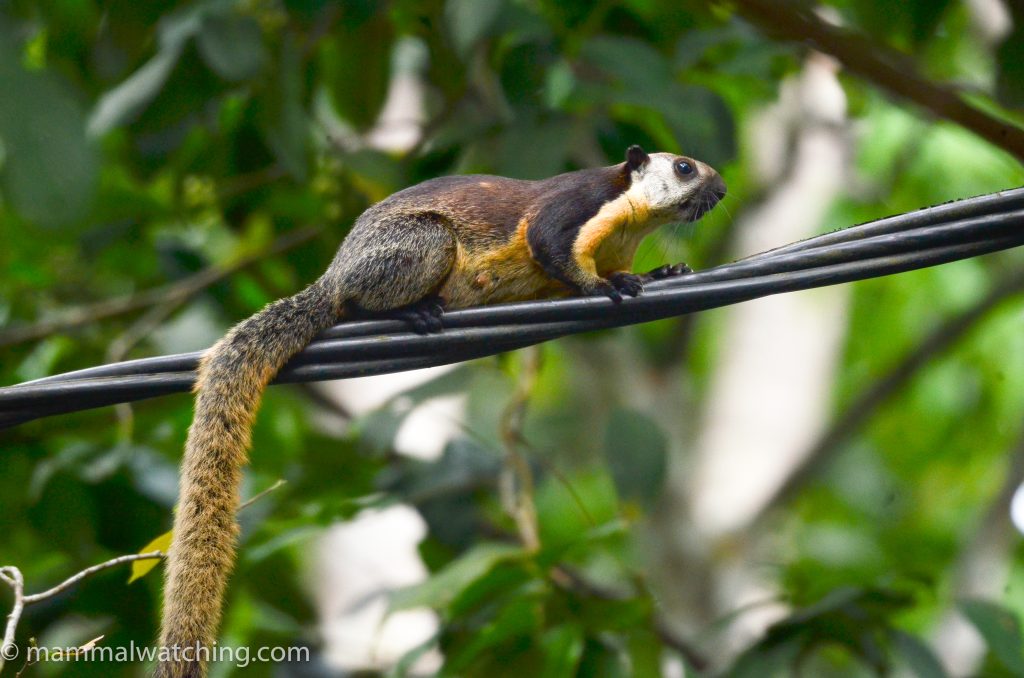
Black Giant Squirrel (Ratufa bicolor)
A viewing tower overlooks the savannah, where plenty of Banteng, Rusa Deer and Wild Boar were grazing.
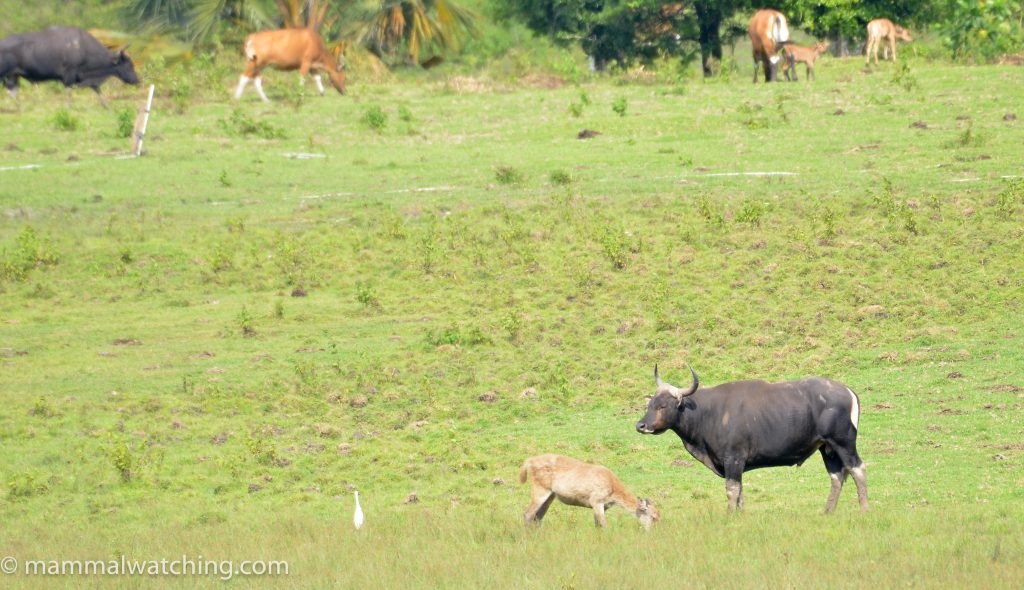
Banteng (Bos javanicus) and Rusa (Javan) Deer (Rusa timorensis)
As soon as the sun set we slowly cruised the roads looking for Javan Mouse Deer in the forest. It took no more than 30 minutes to find one. We approached on foot for a good – though hard to photograph – view. Happy with my final lifer of a long trip we left for Banyuwangi.
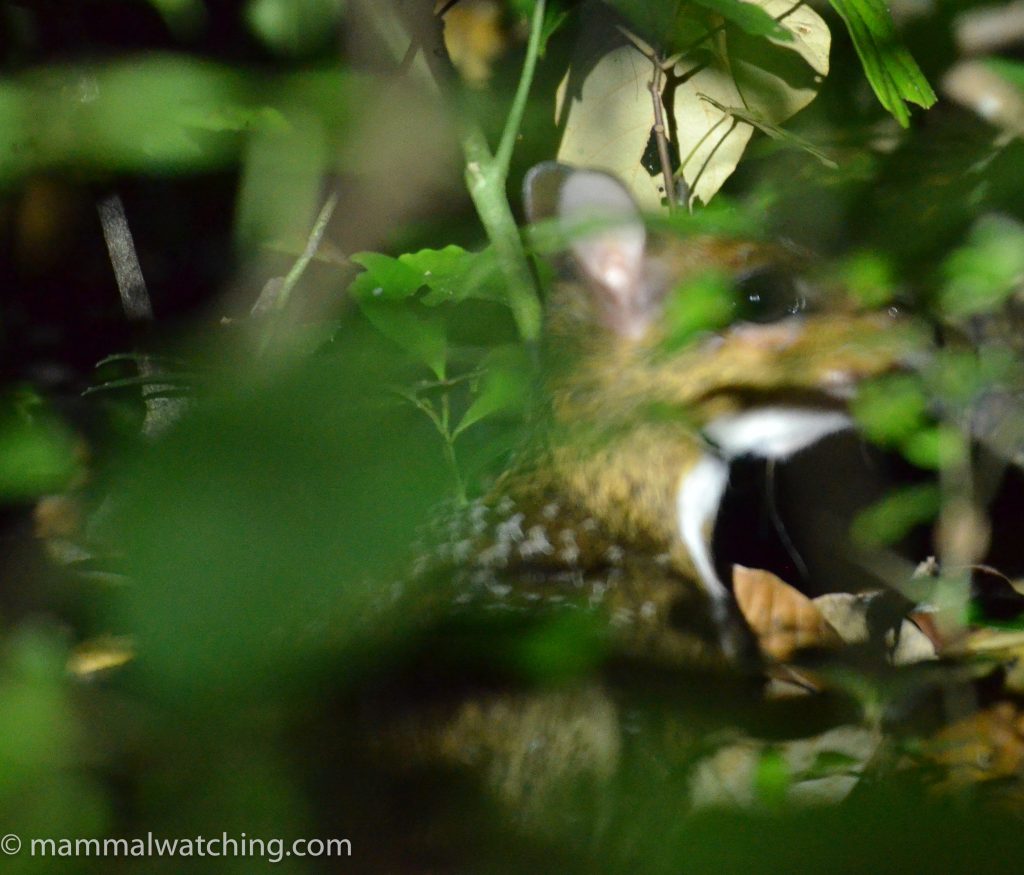
Javan Chevrotain (Tragulus javanicus)
Thank you very much to Roland Wirth for alerting me to the Javan Warty Pig watching possibilities, and to the team working on the reintroduction program for allowing me to visit. A big thank you to Heru for looking after me so well and, of course, to him and his buddies for producing that pangolin!
Trip List
East Javan Langur (Trachypithecus auratus)
Lesser Bandicoot Rat (Bandicota bengalensis) (?)
Plantain Squirrel (Callosciurus notatus)
Black Giant Squirrel (Ratufa bicolor)
Lesser Bandicoot Rat (Bandicota bengalensis) (?)
Roof Rat (Rattus rattus) – introduced
Greater Long-tongued Blossom Bat (Macroglossus sobrinus) (?)
Lesser Asian False-vampire (Megaderma spasma)
Sunda Pangolin (Manis javanica)
Banteng (Bos javanicus)
Water Buffalo (Bubalus bubalis) – domestic
Javan Deer (Rusa timorensis)
Javan Chevrotain (Tragulus javanicus)
Eurasian Wild Pig (Sus scrofa)
Javan Warty Pig (S.verrucosus)
Post author


Leave a Reply
You must be logged in to post a comment.